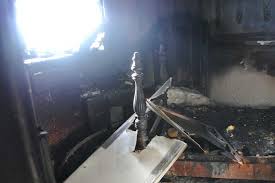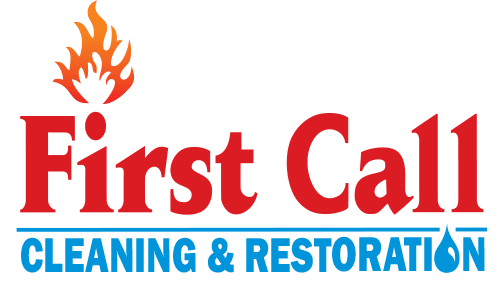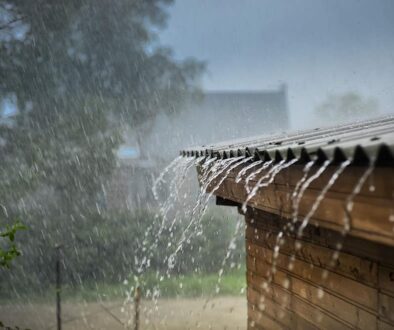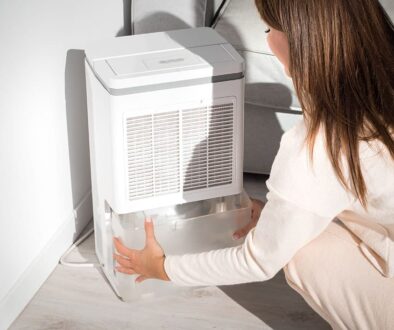Disasters are unpredictable and can happen to anyone at anytime. Disasters don’t care if you’re rich or poor. Disasters don’t care if you’re at home, or if you’re 3000 miles away. Due to the unpredictability of experiencing a disaster at some point in your life it is extremely important to have a plan. The use of a disaster plan will ensure you are prepared at a moments notice and will help minimize chaos once a disaster has occurred.
While you begin to develop this plan for your home and/or office there are a few things to consider.
First of all, be sure your disaster plan includes everyone that could possibly be under your watch. This could be your employees, any of your customers, your family, your friends, and lastly, your pets. Once you determine the general size of the coverage you’ll need you can tailor your plan to accommodate everyone accordingly. Knowing the extent of those under your watch will also come in handy when it is time to delegate specific responsibilities. Appointing everyone with a task will guarantee everyone stays focused and the scene is under control.
Once you determine who will be doing what within the disaster plan it is important that you compile a list of emergency contacts. When it comes to emergency contacts, be sure they are dependable people who are far enough away to have not been affected by said disaster. You should have (at least) one emergency contact per employee/member of the home stored in multiple safe places.
The emergency contacts aren’t the only document you’re going to need to keep safe and secure. Building a disaster plan should also include constructing a disaster emergency kit. Within your kit you should make sure you have a few necessities:

A substantial amount of water
Flashlights
A weather radio
Extra, dry clothes
Any medications
Emergency bank statements and personal identification
Upon completion of the disaster plan and your emergency disaster kit make sure you hold a family/employee meeting in order to share it with all those it affects. If a certain route is established to exit the premises be sure you and the others practice the routine.
Practice and preparation are going to ensure you, and those you’re responsible for, handle the disaster at hand with the upmost efficiency.
If you are unclear on how to get started on your own disaster plan visit The Red Cross for more information.




